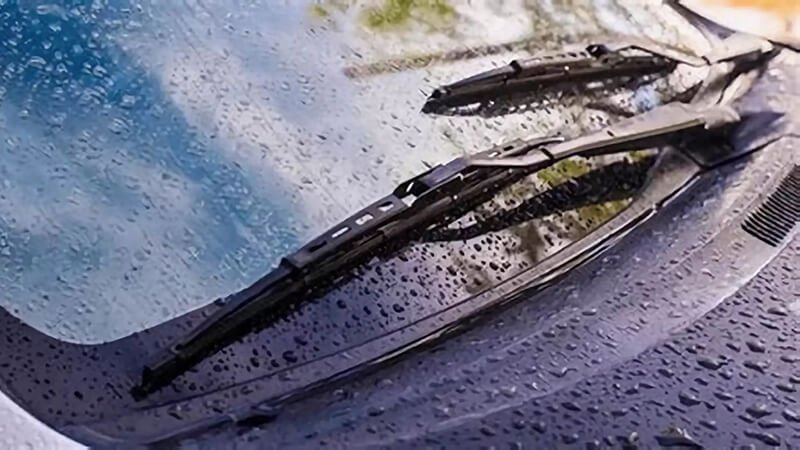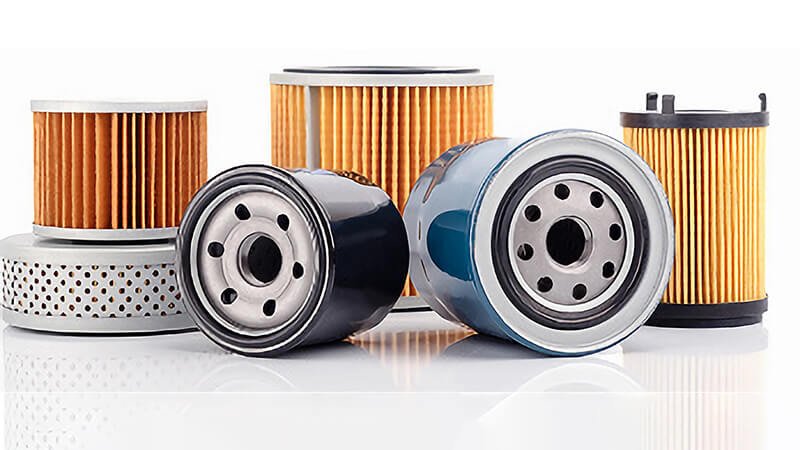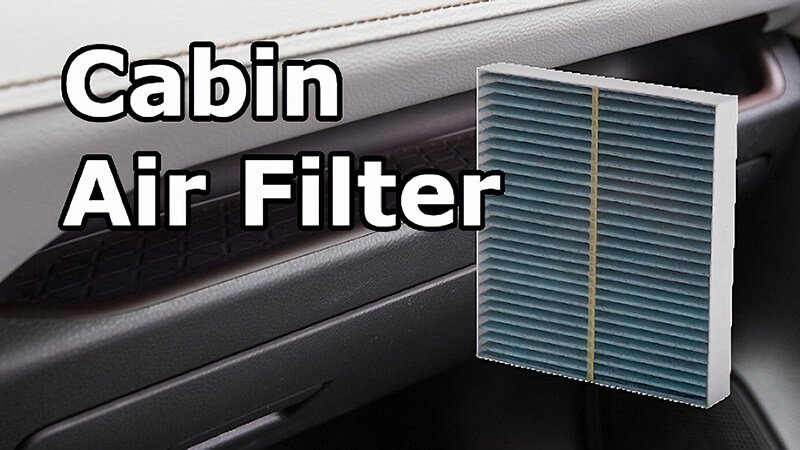Choosing the right wiper blades for your car is essential for ensuring safety and visibility, especially in harsh weather conditions. But with so many options on the market, how can you be sure which one is best for you? Let’s dive into the details to make this decision easier for you.
Not all wiper blades are the same. The type of blade you choose—whether conventional, beam, or hybrid—can significantly impact your vehicle’s performance, especially under extreme weather conditions. Understanding the differences will help you make an informed decision.
Now that we know there are different types of wiper blades, it’s time to explore the real differences between them and how they affect your driving experience. Let’s take a closer look at each type.

Is there really a difference in wiper blades?
When it comes to wiper blades, not all are created equal. While they all serve the same basic purpose, there are notable differences in performance and durability based on the type you choose.
Yes, there is a significant difference between wiper blades. Conventional blades, beam blades, and hybrid blades all offer distinct features that affect their effectiveness in various driving conditions.
There are three main types of wiper blades1 that you will commonly encounter: conventional, beam, and hybrid. Each type has its own strengths and weaknesses, and understanding these will help you choose the best one for your needs.
Conventional Blades
Conventional blades are the oldest and most common design. They are made from a metal frame that holds a rubber wiper insert. Although they are cost-effective, they have several drawbacks when compared to newer blade designs.
- Performance: These blades provide a reliable wiping performance in normal conditions but often fail to perform in extreme weather, like snow or heavy rain. They are prone to streaking and often leave water behind.
- Durability: Conventional blades wear out quickly, especially in colder climates where ice and snow may cause them to freeze to the windshield or become damaged.
- Cost: They are the most affordable option but need to be replaced more frequently due to wear.
| Advantage | Disadvantage |
|---|---|
| Budget-friendly | Poor in harsh conditions |
| Easy to replace | Prone to wear and tear |
Beam Blades
Beam blades are a modern design that offers superior performance and durability. They consist of a single piece of flexible rubber with an integrated beam structure that helps maintain even pressure across the entire blade.
- Performance: Beam blades excel in extreme weather conditions, such as heavy rain, snow, or ice. They provide consistent wiping without streaks and maintain better contact with the windshield.
- Durability: They last much longer than conventional blades due to their robust design, and they are less likely to freeze or clog with debris.
- Cost: Beam blades are generally more expensive, but they are a worthwhile investment for anyone who faces extreme weather conditions.
| Advantage | Disadvantage |
|---|---|
| High performance | More expensive |
| Excellent in extreme conditions | May not be necessary in mild climates |
| Longer lifespan | Can be too rigid for some vehicles |
Hybrid Blades
Hybrid blades combine the best features of both conventional and beam blades2. They have the same structure as a beam blade but are encased in a protective cover that prevents damage from external elements.
- Performance: Hybrid blades are ideal for people who need the reliability of beam blades but also want the added protection from debris or ice buildup. They are versatile enough to perform well in most weather conditions.
- Durability: Hybrid blades are durable and last longer than conventional blades, and the protective cover reduces wear and tear, ensuring they remain functional for longer.
- Cost: Hybrid blades are typically priced in the middle range between conventional and beam blades, offering a good balance of performance and cost.
| Advantage | Disadvantage |
|---|---|
| Balanced design | Higher cost than conventional blades |
| Good in all weather conditions | May not be necessary for areas with mild climates |
| Durable and long-lasting | Not as cheap as conventional blades |
Do all wiper blades fit any car?
When purchasing wiper blades, one of the most common questions is whether they fit all vehicles. The simple answer is no, but there’s more to consider than just the size of the blade.
Wiper blades don’t fit all cars. The right blade for your car depends on the make, model, and the specific wiper arm design of your vehicle. It’s crucial to select the correct fit to ensure proper performance.
Choosing the correct wiper blade fitment3 is crucial for ensuring optimal performance and avoiding damage to your windshield. While wiper blades may look similar, the size and type of blade you need depend on a variety of factors, including your vehicle's wiper arm design.
Wiper Arm Types
There are several types of wiper arm attachments, and the one on your car will determine the type of blade you need. Here are the most common types:
- Hook-Style Arms: These are the most common wiper arm type, and most replacement blades are designed to fit them. Hook-style arms feature a hook that the wiper blade attaches to.
- Pin-Style Arms: Less common but still used in some older cars, pin-style arms require wiper blades that are specifically designed with a pin to match the arm attachment.
- Bayonet-Style Arms: These arms have a more secure connection mechanism and require special wiper blades that lock into place.
Wiper Blade Sizes
The size of your wiper blades also plays a crucial role in determining fitment. Different vehicles require different blade lengths depending on their make, model, and year. Many cars will have longer blades on the driver’s side and shorter blades on the passenger side.
How to Measure the Correct Size:
- Check the vehicle manual for recommended blade sizes.
- Measure the length of your current wiper blades, both driver and passenger sides.
- Use an online fitment tool to ensure accuracy.
Specialty Wiper Systems
Some vehicles, especially high-end or luxury models, have specialized wiper systems4 that require specific types of wiper blades. These can include:
- Curved Windshields: If your vehicle has a curved windshield, you may need custom-fit wiper blades that adapt to the curvature of the glass.
- Adaptive Wiper Systems: Modern vehicles may have systems that adjust the wiper blade's pressure based on weather conditions. This system requires blades that are compatible with the adaptive technology.
| Vehicle Type | Wiper Arm Type | Blade Length Range |
|---|---|---|
| Most standard cars | Hook-style | 16-28 inches |
| Older cars | Pin-style | 14-26 inches |
| Luxury vehicles | Bayonet-style | 18-30 inches |
Does it matter what wiper blades I use?
Yes, the type of wiper blades you use does matter. Different blades are designed for specific conditions, and using the wrong ones can reduce visibility, performance, and even the lifespan of your vehicle’s wiper system.
The choice of wiper blades impacts both safety and vehicle maintenance. Selecting the right type for your driving conditions and vehicle needs ensures better performance and a longer-lasting system.
The type of wiper blades4 you choose affects more than just your visibility—it can influence the overall performance and longevity of your vehicle’s wiper system. Let’s look at the specific reasons why choosing the right wiper blades5 matters:
Weather Conditions
The most obvious reason for selecting the right wiper blade is the weather. If you live in an area with heavy rain, snow, or extreme temperatures, beam blades or hybrid blades are typically the best options. Their design makes them more resistant to weather extremes, preventing buildup of snow and ice and ensuring better wiping performance. Conventional blades, on the other hand, can struggle in such conditions, leading to reduced performance and increased replacement costs.
| Weather Condition | Ideal Blade Type |
|---|---|
| Heavy rain | Beam or Hybrid |
| Snow/ice | Beam or Hybrid |
| Mild weather | Conventional |
Windshield Protection
Using the correct wiper blades also protects your windshield. Blades that don’t fit properly or don’t apply consistent pressure can cause uneven wiping, which can scratch or damage your windshield over time. This can lead to costly repairs or replacements. Additionally, blades made from high-quality materials such as rubber or silicone help preserve the integrity of your windshield, as they provide a smooth, streak-free wipe.
Driver Safety
Clear visibility is essential for safe driving. Wiper blades that leave streaks or miss areas of the windshield can compromise your ability to see clearly, especially in poor weather conditions. This increases the likelihood of accidents. By investing in high-quality wiper blades, you ensure that your windshield is thoroughly cleaned, improving your visibility and making your driving experience safer.
Cost-Effectiveness
While it may seem like a small investment upfront, choosing the right wiper blades can save you money in the long run. Higher-quality blades last longer and perform better, reducing the frequency of replacements. This helps you avoid the ongoing costs associated with cheaper, lower-quality wiper blades that wear out quickly.
For fleet managers and individuals who drive frequently, the right wiper blades are even more important. A fleet manager in the UK faced regular wiper failures during the winter months, leading to frequent replacements and added costs. After switching to beam blades, they experienced fewer replacements and improved driver safety6. Now, they opt for hybrid blades for year-round reliability and performance.

How do I know which wiper blades fit my car?
Finding the right wiper blades for your car might seem like a challenge, but it’s actually quite simple when you know where to look and what to consider.
To find the right wiper blades, consult your car’s manual, use online tools, or ask your supplier for the specific fitment details. Ensuring you have the right size and attachment style is crucial for optimal performance.
To determine which wiper blades fit your car, you’ll need to consider three main factors: size, attachment style, and the specific requirements of your vehicle. Here’s how to ensure you select the correct blades:
1. Check Your Car’s Manual: The easiest way to determine the correct wiper blade size7 for your vehicle is by referring to the owner’s manual. The manual will provide the specific blade length for the driver’s side, passenger’s side, and rear wiper (if applicable). This information will ensure you get the right size and prevent any guesswork.
2. Use Online Fitment Tools: Many automotive parts websites offer online tools that can help you find the correct wiper blades based on your car’s make and model. These tools allow you to input your vehicle’s year, make, and model, and then they will display the appropriate blade sizes and attachment styles. This can save time and ensure accuracy when purchasing replacement blades.
3. Consult Your Supplier or Retailer: If you’re still unsure, ask your wiper blade supplier or retailer for assistance. Most auto parts stores have knowledgeable staff who can help you find the right fit for your car. They can also recommend the best types of wiper blades based on your driving conditions and preferences.
4. Consider Vehicle-Specific Features: Some vehicles require specialized wiper blades8 due to features such as curved windshields, rear wipers, or adaptive wiper systems. Make sure to account for these specific needs when selecting your wiper blades.
By following these steps, you can confidently choose the right wiper blades for your car, ensuring proper fitment and optimal performance.

Conclusion
In conclusion, not all wiper blades 9 are the same, and choosing the right one for your vehicle is crucial for safety and performance. Whether you choose conventional, beam, or hybrid blades, it's essential to consider your driving conditions, vehicle fitment, and budget. Properly maintaining and selecting the right blades ensures clear visibility, reduces maintenance costs, and extends the life of your wiper system.
-
Explore this link to understand the various types of wiper blades and how to choose the best one for your vehicle's needs. ↩
-
Discover the benefits of beam blades, especially in extreme weather, and why they might be the best choice for your car. ↩
-
Understanding wiper blade fitment is essential for optimal performance and safety. Explore this link to learn more about it. ↩
-
Specialized wiper systems require specific blades for optimal function. Learn about these systems to ensure your wipers perform well. ↩ ↩
-
Explore this link to understand how different wiper blades perform in various weather, ensuring you make an informed choice for safety and visibility. ↩
-
This resource will highlight the critical link between wiper blade quality and driver safety, helping you prioritize your visibility on the road. ↩
-
Understanding the correct wiper blade size is crucial for optimal visibility and safety. Explore this link for detailed guidance. ↩
-
Specialized wiper blades are essential for certain vehicles. Learn more about their importance and when to use them for optimal performance. ↩
-
Discover your best OEM wipers and get the best solutions and price from Runex Auto. ↩













